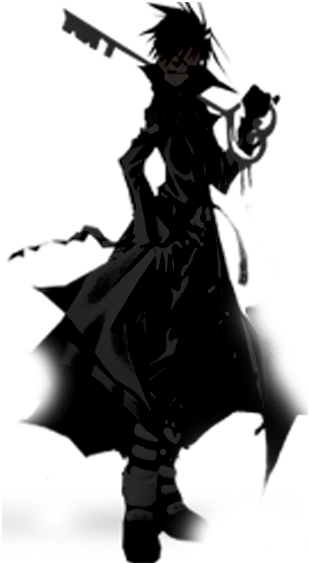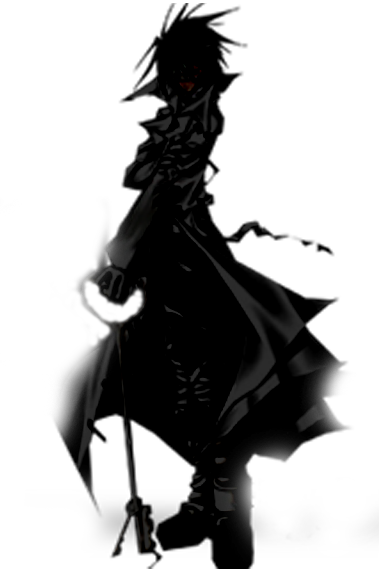Most of us know the gist of the Dead or Alive series of fighting games – a selection of male and female fighters compete in a fighting tournament for ultimate glory and, well, you get the idea. The DOA series is famous for its grossly exaggerated representation of its female characters' busts, with the well-known term 'jiggle-physics' spawning from Team Ninja's pervy 'attention to detail' when it comes to designing its lovely ladies. It may be slightly juvenile, but it's exactly that kind of fan service that has made the series what it is today, and is undeniably a significant aspect of anime culture in general.
While the series has been jiggling along happily for 15 years, recent news of its latest release Dead or Alive: Dimensions being banned in the Scandinavian territories of Sweden, Denmark and Norway, has put the game under a harsh and ugly light - especially since it's essentially the same as every other entry in the series. The reason for its banning in those territories comes down to the game's use of scantily-clad, supposedly underage characters (especially in its 'Showcase' photography mode) being deemed child pornography under the laws of these countries.
So how is Dead or Alive: Dimensions different from all of the previous games in the series that have managed to skirt such controversy? The answer could be as simple as this: it's the first time the series has appeared on a Nintendo console.
It's pretty clear, to me at least, that the only reason anyone is kicking up a stink over this game is because many people still look at Nintendo products as 'kids toys', despite the company's proven wide appeal to people of all ages. While it's hard to argue that Nintendo doesn't have a family image to uphold, it's also hard to prove that the game is any more explicit than other DOA titles that have appeared in the past, like Dead or Alive Paradise on the PSP. I don't remember anyone making outrageous claims about that game's release.
The latest development in the Dimensions saga is that, as of last week, Nintendo has revoked the Australian PG classification of the game in order to have it re-evaluated by the Australian Classification Board. Nintendo puts the blame on previously-attached distributor THQ for apparently not providing 'adequate information' about the game to the board, despite the consumer advice label clearly stating 'mild violence and sexualised gameplay' next to its PG rating - right there on the front of the box. So is this a knee-jerk reaction from Nintendo? The answer could effectively be both a yes and no.
On the one hand, it could be perceived as a knee-jerk reaction because, while some of the previous titles in the series have been rated M, others - like Dead or Alive: Xtreme 2 on Xbox 360 (the second entry in Team Ninja's 'ogling ladies wearing almost no clothing on a beach' series) - were granted a PG by the ACB with no protest whatsoever. Given that Dimensions doesn't appear to deviate much from the established Dead or Alive formula, there was no real reason to think it would be particularly controversial. The ACB clearly doesn't pre-judge a game based on the console it appears on.
It could also be considered a knee-jerk reaction to blame the game's previous distributor, because ultimately THQ's recommended rating is just that, a recommendation; it's really up to the ACB to adequately play enough of the game to make an informed decision about its rating. A revocation of its rating is almost like an unspoken admission by the board that they really didn't pay all that much attention to it in the first place.
The argument against it being merely a knee-jerk reaction, however, is that Nintendo has a family-friendly image that could essentially be run into the ground by sensationalist idiots reporting this news around the world. If the news of DOA: Dimensions being considered as 'child porn' overseas had not been brought up at all, then it would be pretty safe to say that Nintendo would have had no problem with the rating whatsoever. The problem lies in ridiculously-misleading and downright harmful headlines like 'Child Porn' Nintendo game gets PG rating' appearing on sites across the net. In that sense, you can't blame Nintendo Australia for wanting to distance itself from this kind of horrific misinformation.
So what will come out of this re-evaluation of Dead or Alive: Dimensions' rating? With no sex scenes or nudity to speak of in the game, and no ages of these particular characters even listed in the Australian version, it doesn't really make much sense to apply consumer advice of higher clarity than 'sexualised gameplay', so it's likely that the game will just have its rating raised to an M, with a 'sexual references' tag placed on it to please the masses. Not a huge deal, but the fact is that one of the better games available on 3DS currently isn't being sold in this country - for no good reason, and Nintendo's revocation of its own game's classification only gives the impression of validity to the ridiculous claims about the game. Overall, it's a sad state of affairs.
Results 1 to 1 of 1
-
06-17-2011 #1
DOA Dimensions banned in Australia
Similar Threads
-
DoA 5 Ultimate TU-5 (RF)
By POPOkarimu in forum Trainer RequestReplies: 0Last Post: 03-27-2014, 10:07 PM -
Req: DOA 5 Ultimate
By ihzu in forum Trainer RequestReplies: 0Last Post: 09-04-2013, 05:21 PM -
Anti-proxy system - banned users will stay banned.
By Sephiroth in forum General DiscussionReplies: 0Last Post: 08-28-2013, 03:32 PM









 Reply With Quote
Reply With Quote




